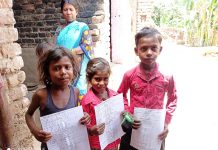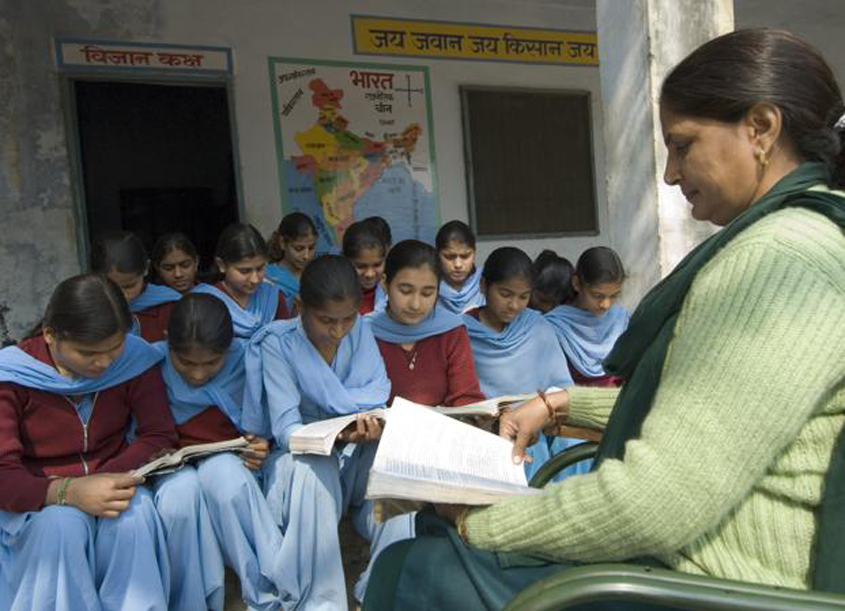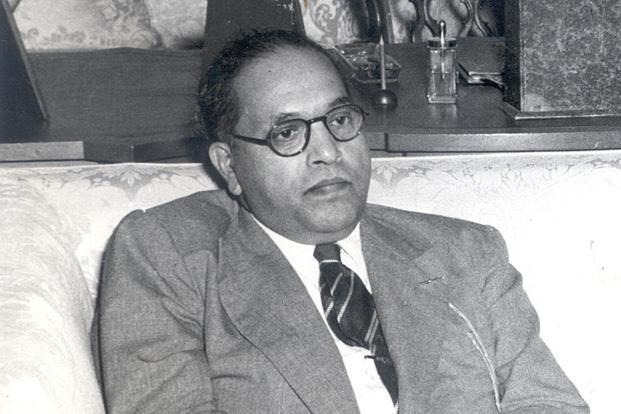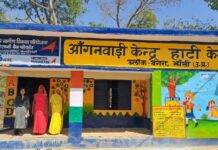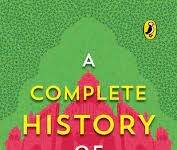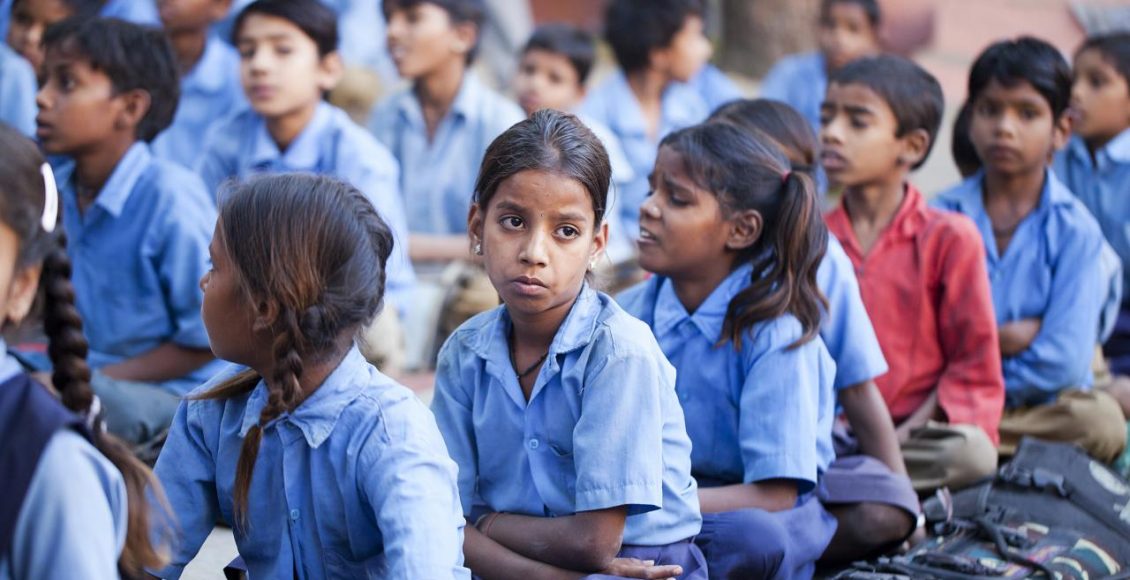Radhika Mittal is an independent scholar of education. Her research interests are public policy, curriculum studies, assessment and evaluation and teacher education.
In July 2018, the Government of NCT of Delhi introduced the ‘Happiness Curriculum’ for students studying in schools run by it. The Government proposed that the ‘Happiness Curriculum’ be imparted through separate happiness classes. The present article discusses the background and broad structure of the ‘Happiness Curriculum’ (operational from grades VI-VIII) and raises some fundamental concerns around its conceptualisation.
The present school system has normalised the culture of ‘competition and comparison’, ranking, exams, pressure, etc. However, in the recent past, our policymakers have been introducing ideas such as “Learning Without Burden” (Yashpal Committee Report, 1993), “child centred education” “constructivist learning” (NCF, 2005), “value education” (Education for Values in Education: A Framework, NCERT), No detention Policy & Continuous and Comprehensive Evaluation (RTE Act, 2009).
Internationally, UNESCO’s Happy School Report 2015 prepared a Happy Schools framework considering ‘people’, ‘place’ and process as its key focus. Also, various countries like Bhutan, Singapore, Republic of Korea, Japan, Vanuatu etc has developed policies on happiness and wellbeing with their own interpretations of happiness and happiness education.
In a similar vein, recently, On 2nd July 2018 Delhi Government launched ‘Happiness Curriculum’ for the students of class nursery to VIII in government schools of Delhi. As a justification for this step, the Chief Minister Mr. Arvind Kejriwal stated “The Happiness curriculum is a solid step in creating good human beings” (PTI, 2018). Further, the Deputy CM Mr. Manish Sisodia stated “It is our belief that modern day problem like terrorism, corruption and pollution can be solved through human centric education” (PTI, 2018). He further stated that this curriculum was made by team of forty experts’ individuals that will include meditation, moral values and mental exercise.
These public pronouncements indicate the firm belief as well as hope that teaching about ‘happiness’ through this document will prepare learners to solve the various problems that humanity is facing today.
A Brief Overview of the Happiness Curriculum
The aim of ‘happiness curriculum’ is “to develop Happiness in feeling and in practice” (Happiness Curriculum, 2018, p.3, translated). As articulated in the official curriculum document, ‘Happiness’ can be taught by methods of mindfulness, storytelling, activities, and self-reflection by children. The introductory part of four sections of Happiness curriculum, is constituted of Guidelines for Teachers in which the idea that learners can be taught to be happy or rather practice to be happy just like they practice skills in other subjects such as Science, History, and Languages. Even if it is claimed to be a similar skill, yet there is no reference to the debate whether adding a new subject for happiness is essential or whether it should be integrated within the teaching of other subjects. The happiness curriculum merely claims that ‘the practice of becoming happy can be developed in students by adding the subject of Happiness in the formal course structure’ (Happiness Curriculum, 2018, p.3, translated).
Happiness Curriculum states that ‘Mindfulness’ is practiced all over the word, it should not be misunderstood as ‘Sadhna’ and no chanting of hymns is required while practicing it (Happiness Curriculum, 2018, p.13, translated). Such claims could be an attempt to make Happiness Curriculum ‘secular’ in its approach. However, the adoption of idea of ‘mindfulness’ practice and launching of the curriculum by H.H. the Dalai Lama hints at its Buddhist leanings. However, this connection needs further exploration.
The curriculum states the benefits of Mindfulness in following domains like “sustained attention, academic performance, emotional stability, sustained happiness, control on hyper activity, development of feeling of empathy, habit of living in present and learning to respond rather than reacting to the environment, thoughts, and feelings” (Happiness Curriculum, 2018, p.11, translated). Despite mentioning the multiple benefits of ‘mindfulness’ the curriculum provides no map or milestones concerning the claim that mindfulness will lead to happiness. Also, the curriculum does not reveal what kind of Happiness will be achieved through practice of mindfulness, that is, Happiness as feeling, as a skill, as a value or as a state of being, which could be because there is no clear articulation of what happiness is?
Section two in Happiness curriculum consists of the ‘Story’ section. It has a total of 20 stories in it. It is also stated in the curriculum that stories selected in it are based on real life situations rather than imagined situations, so that children can connect with them in their day to day life. A reading of stories gives us this glimpse that out of twenty stories only three stories have ‘schools’ as their context, three depict child-parent relationships and a bond of friendship but other stories seems to be context blind.
Also, only five stories out of twenty stories have children as protagonists and there are only two such stories where children did positive acts on their own, no situation and where no elder was responsible for making them realize what is wrong and what is right. All the other stories have main characters like a farmer, an old woman, a labourer, a king, a saint and his disciples, a father and a mother.
These stories gives the sense that the purpose, value or ideas, which it wants to teach to children are given more importance than characters, story titles, context which belongs to the child’s reality. Also, the story section states that it is concerned with the “development of ‘logical reasoning’ abilities and ‘creativity’ in the students and enrichment of their ‘expression skill’ (Happiness Curriculum, 2018, p.42, translated).
In contrast, none of the stories states such ‘purpose’ rather they are limited to teaching about good human values to make them good human beings. Lastly, stories which talk about happiness directly or indirectly do not clearly mention what happiness is, but they do discuss about where may be found, how we can achieve happiness and the factors affecting happiness.
Section three in the ‘Happiness Curriculum is about ‘activities. There are 40 activities in it. All activities can be conducted within the four walls of the classrooms and they are mental activities involving reflection, expression, and discussion. These activities are to be done by children but are to be initiated and guided by their teachers. However, merely talking and discussing about the topic may make a child aware about the topic but how will it ensure that those ideas and values have become part of their daily lives, is a topic that is hardly discussed. This claim clearly reflects in one of the activities where children are asked to visit the garden in their imagination rather than observing the school’s garden or any park near their home.
The last section in the ‘Happiness curriculum is about ‘Reflections’ by students. Each Saturday students will share what they have learned in happiness classes and what changes they have observed in themselves. This is one of the welcoming aspects of Happiness Curriculum which gives space to children for expression, and this is what is often neglected in our other academic class.
Regarding the children’s assessment and evaluation in happiness class, The Deputy CM Manish Sisodia said that “there will no formal examination but periodic assessment of children progress will be made using happiness index” (India Today, 2 July, 2018). This makes one wonder about the implicit message that gets communicated: our students are unhappy, examinations and dry textbooks are reasons of unhappiness, they will become happy if these reasons are removed.
Thus the Happiness Curriculum tries to establish ‘happiness’ as a separate subject, which has its own method like mental exercises, idealistic stories, discussion based activities, reflection by students and non-graded exams.
We need to stop for a while and reflect whether maintenance of the status quo in all other school practices and just teaching and discussing about happiness can bring any significant change in the lives of children? Is it possible to extend Happiness Curriculum to happy schools, where the idea of happiness is not just limited to one classroom discussion with the teacher but present everywhere i.e. academic & non-academic space, assessment, pedagogy and teacher-student relationships?
Thus, this whole idea and action of introducing Happiness Curriculum in school practices raises certain questions and concerns for a critical enquiry and examination. How is this idea of teaching happiness different from teaching of moral values or value education? Or is the discourse of happiness same as moral education? Is happiness to be taught or, rather, can happiness be taught? What is important ‘happiness in learning’ or ‘learning about happiness’?
Further directions
On one hand, the introduction of ‘Happiness curriculum’ gives a sense of positive development, a hope for moving towards new practices, a new culture in schools, that has been highlighted by the Delhi government, while on the other, it also raises multiple concerns such as the conceptualisation of ‘happiness’ in happiness curriculum, appropriateness of the proposed teaching method, impact of happiness curriculum, its sustainability in the present school ethos, and its relevance with reference to the diversity of children’s backgrounds. Other such questions that arise are about the appropriateness of the content selected to be taught in a class for happiness, how a teacher be sure that a learner has indeed become happy by engaging with the ‘Happiness Curriculum’, which aspects of human life are touched by the ‘Happiness Curriculum’ etc. It will remain to be seen how the ‘Happiness Curriculum’ positively changes the lives of students and the kind of positivity that it brings to the school in terms of the ethos that it generates. The ‘Happiness Curriculum’ is indeed a positive step towards making the school a happier experience for learners but what time will tell is whether such a curriculum will remain limited to the happiness classes or if its implications will be seen in all aspects of the learners’ lives.




